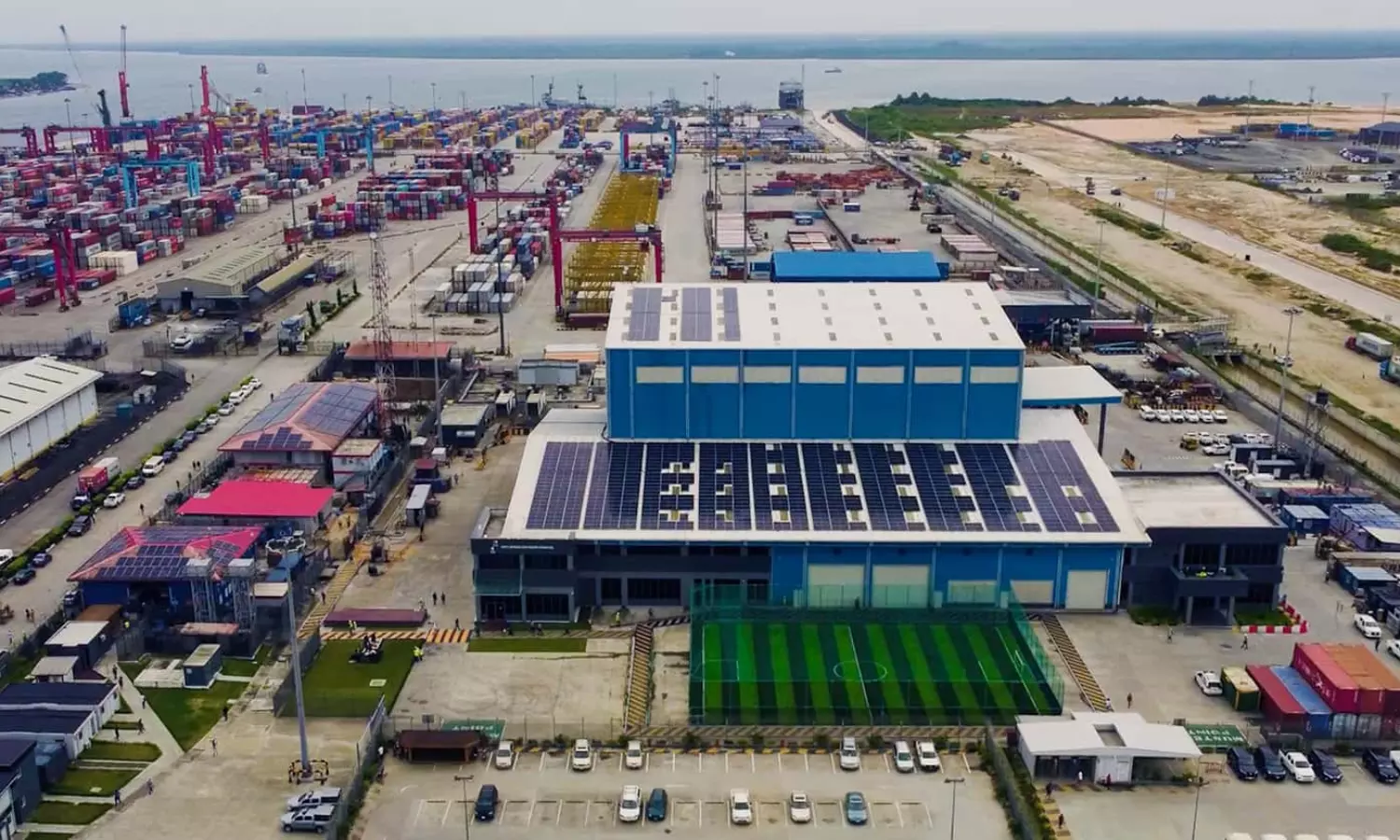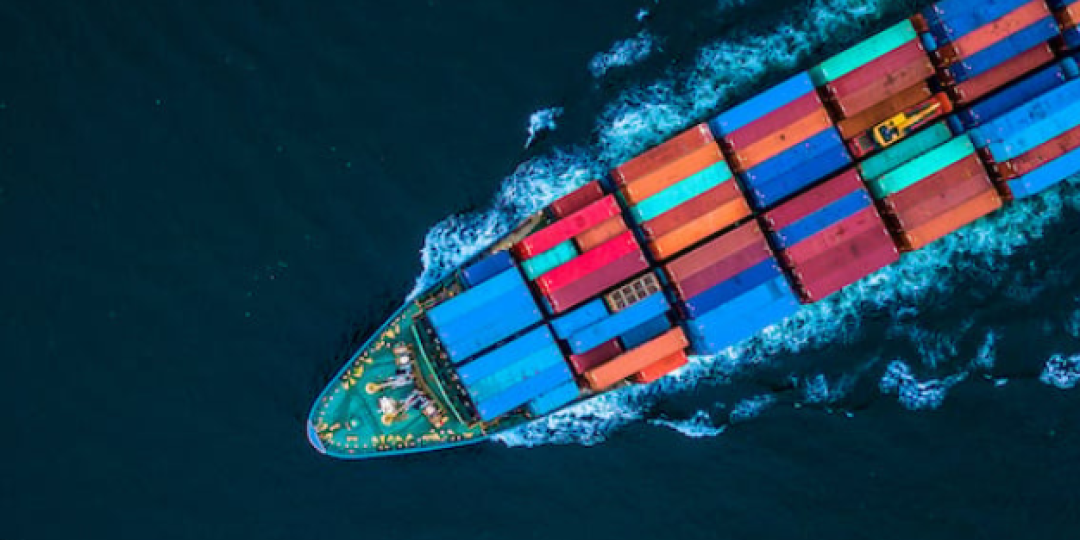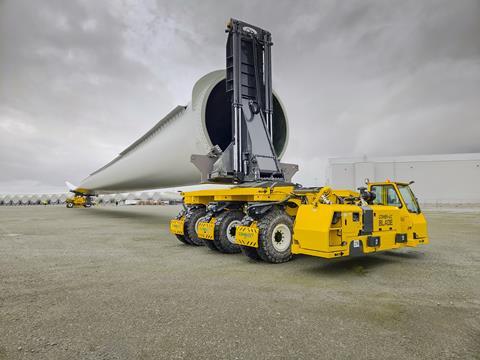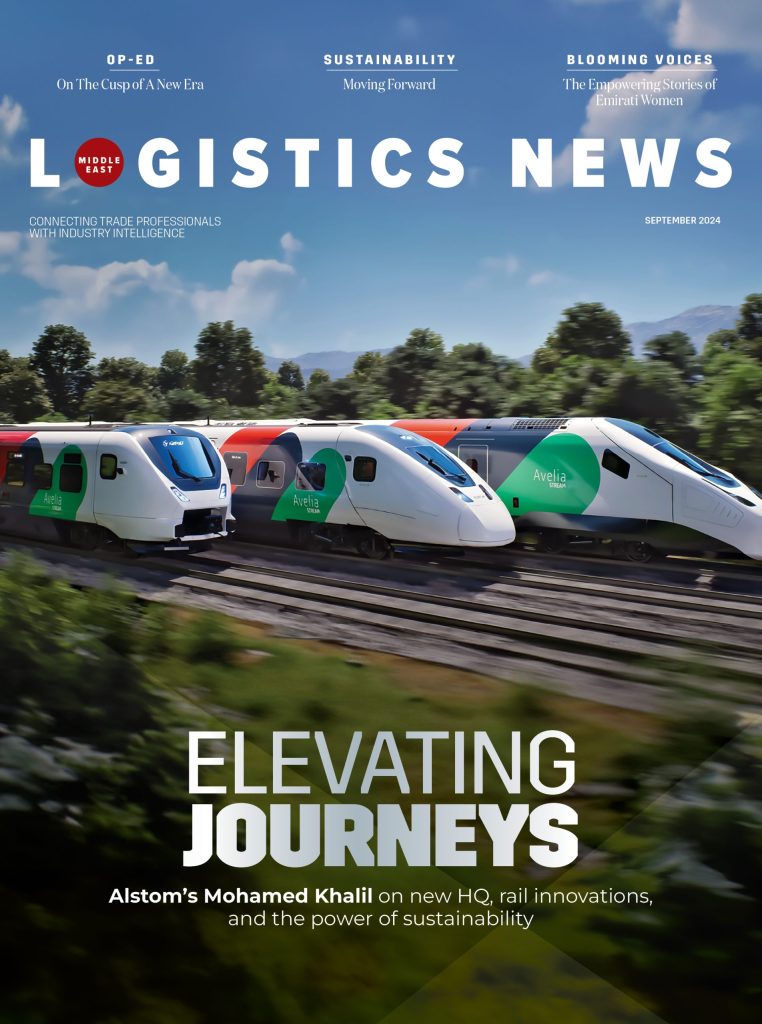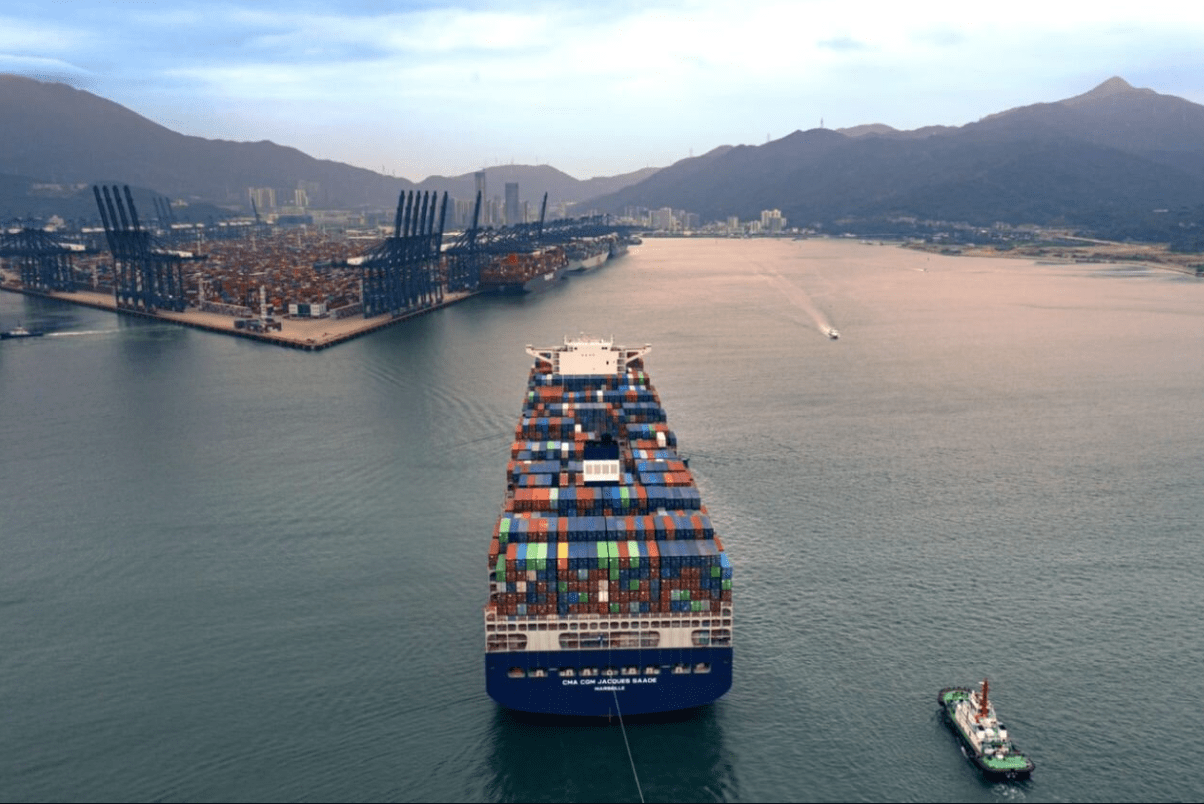Logistic

Could Middle East ports turn to osmotic power for clean energy?

As Gulf countries work to decarbonise logistics, a new energy source is emerging from the coast. Osmotic power systems, which generate electricity from the salinity difference between seawater and freshwater, are emerging as a renewable energy solution uniquely suited to the region’s geography and industrial needs.
For coastal ports, desalination plants, and logistics free zones, this breakthrough offers the potential to generate clean, consistent power.
What is osmotic power?
Osmotic power, also known as “blue energy,” leverages the natural energy released when freshwater mixes with saltwater. Two main technologies are currently driving this process:
Pressure Retarded Osmosis (PRO): Freshwater moves through a semipermeable membrane toward saltwater, creating pressure that drives a turbine.
Reverse Electrodialysis (RED): Ions from salty water flow across specialised membranes, generating an electric current.
While the idea dates back to the 1970s, only in recent years have material science breakthroughs made these systems commercially viable. Improved membranes and system designs now allow for higher efficiency, scalability, and integration with other infrastructure.
A natural fit for the Middle East
The potential for osmotic power is enormous, estimated at over 5,000 terawatt-hours annually worldwide, which is roughly 20% of global electricity demand. But the Middle East, with its vast coastline and extensive desalination capacity, is especially well-positioned to capitalise.
Desalination plants in countries like the UAE and Saudi Arabia produce highly saline brine as a byproduct. This waste stream, typically discharged back into the sea, can instead be harnessed as a resource for osmotic power generation. By pairing freshwater flows (from rivers, treated wastewater, or desalinated water) with brine, ports and logistics zones can produce energy on-site without relying on fossil fuels or straining national grids.
In essence, the region’s water challenge becomes an energy opportunity.
Ports and logistics hubs
From Jebel Ali to King Abdullah Port, Middle Eastern logistics hubs are transforming into smart, automated ecosystems that demand stable, scalable power.
Osmotic systems offer a compelling advantage: base-load renewable energy. Unlike solar and wind, which fluctuate with weather and daylight, osmotic power provides a steady output that can run cold storage units, autonomous cranes, electric vehicle chargers, and even buildings around the clock.
Consider the Mega-ton Water System Project in Japan, where a desalination facility’s brine stream is used to generate electricity. A similar model could be piloted in the GCC, powering both port operations and surrounding industrial zones. This decentralised generation model enhances energy resilience and reduces reliance on carbon-intensive diesel backup systems.
Environmental and economic value
The environmental upside is clear. Osmotic systems emit no greenhouse gases during operation, use minimal land, and generate minimal visual and acoustic pollution. More importantly, they turn waste into value by extracting energy from brine that would otherwise be discharged into marine ecosystems.
Economically, the technology is becoming more attractive. European startup Sweetch Energy secured €25 million to roll out its first commercial-scale osmotic plant, while Danish firm SaltPower is already producing energy from saltwater pumped from underground reservoirs. As the scale continues to increase, the cost per kilowatt-hour is expected to decrease, making it more competitive with other renewable energy sources.
For logistics operators, the model offers long-term cost stability and energy independence. It also aligns neatly with regional sustainability mandates such as the UAE’s Net Zero 2050 strategy and Saudi Arabia’s Vision 2030.
Barriers to scale
Like any emerging technology, osmotic power isn’t without its challenges. Membrane fouling, system efficiency, and capital costs remain hurdles to wide adoption. However, these are technical, not conceptual, barriers. The science is sound, and early projects are proving viability.
More pressing is the lack of regulatory frameworks and demonstration projects. To move forward, the region needs pilot programmes at desalination-linked ports, public-private partnerships to de-risk early-stage investments, and community engagement to highlight dual benefits of energy and water management.
Osmotic power could be a platform technology that enables energy production, water purification, and even mineral recovery from waste streams. This multipurpose utility aligns perfectly with the needs of logistics ecosystems seeking to decarbonise while remaining competitive. As Gulf ports evolve into high-tech, low-carbon hubs, tapping into the power of salinity could prove to be one of the most transformative and sustainable moves yet.






